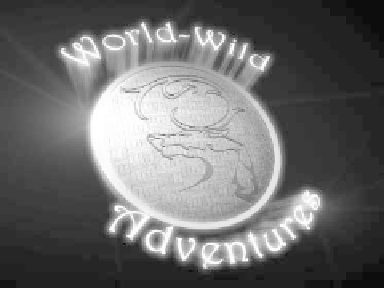Graphics Programs Reference
In-Depth Information
Figure 5-5: The imported EPS logo. (Auto AxisDrill was used to maintain the open
spaces within the antler, the nose, and the top of the caribou.)
Note
Remember LightWave's self-imposed limita-
tion of
1,023 points per polygon
when you're
importing Encapsulated PostScript files!
If you're having problems with things
coming in as a “cloud” of points instead of
as polygons, it means that LightWave is try-
ing to create more points on a poly than it
will “allow” itself to have. You can decrease
the Curve Division Level, or, in your vector-
based illustration program, cut your image
up into a series of different-colored bands
(Flash is the quickest for doing this).
Each
color in the illustration will import as a sepa-
rate polygon
.
Figure 5-6: A quick treatment of the imported EPS.
(The only tools used in this render that we haven't
already explored are Lens Flare and Glow Effect.)
Note
Not all EPS files are created equal
.
LightWave's EPSF importer requires Illustra-
tor files in version 8.0 or earlier. Directly
exporting an Encapsulated PostScript file
from Freehand 10 generated something
Modeler couldn't interpret. (Flash couldn't
figure that file out either.) I had to export as
an Adobe Illustrator .AI file in order for
Modeler (and Flash) to make sense of it.
Note
Should you wish to explore the scene and
objects, load
Scenes\Chapter_05\World-
WildAdventures_F.lws.
This scene requires the Shades plug-in,
available with the companion files, for the
woven grass mat effect on the dome's sur-
face. See Appendix A for more information
about Shades and the other plug-ins and
programs included with this topic.






